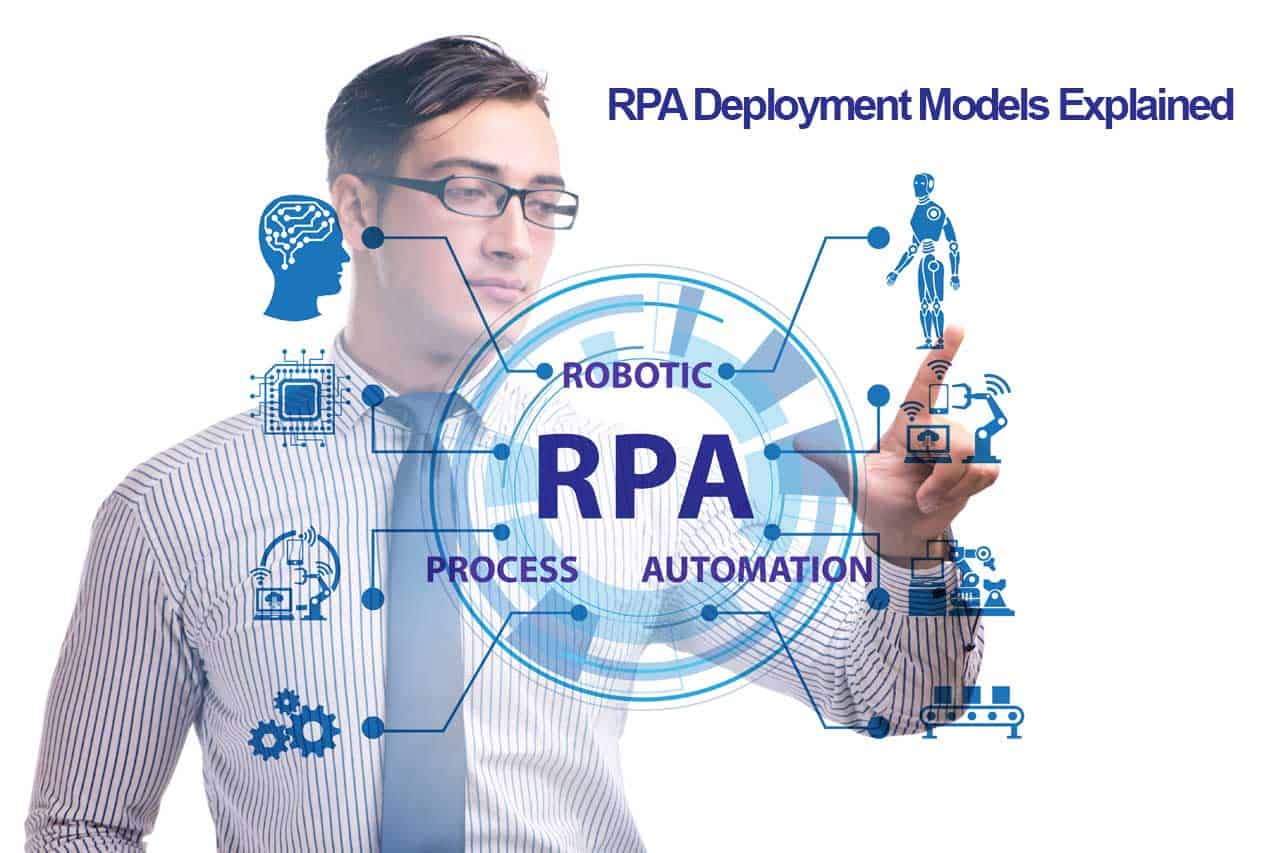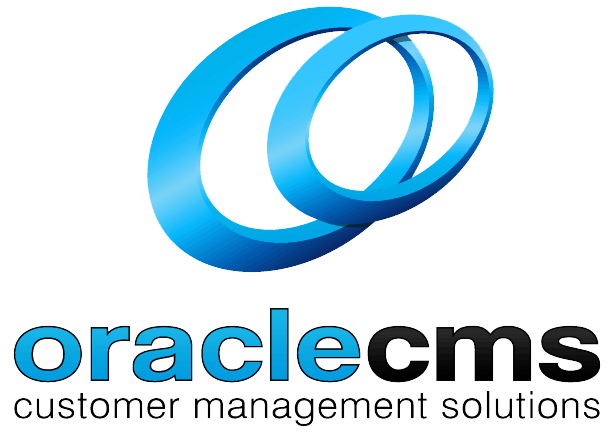
RPA (Robotic Process Automation) Deployment Models Explained
Robotic Process Automation (RPA) has emerged as a highly talked-about technology in the business world, owing to its ability to automate mundane and repetitive tasks. By using RPA, organizations can achieve cost reduction, improve operational efficiency, and enhance accuracy. However, with the availability of various RPA deployment models, it can be challenging to determine the most appropriate approach for individual business needs. In this article, we will delve into the different RPA deployment models and assist you in selecting the optimal one for your organization.
RPA deployment models are the different approaches that organizations adopt to deploy RPA software for automating their business processes. Three main types of RPA deployment models exist, each with unique characteristics and benefits. These models include on-premises deployment, cloud-based deployment, and hybrid deployment.
On-Premises Deployment
On-premises deployment is an approach whereby organizations install RPA software on their servers or in-house data centres. Under this deployment model, the organization is responsible for the software’s maintenance, upgrades, and security. The benefits of on-premises deployment include providing complete control over the RPA environment, being better suited for businesses with complex IT infrastructures, and more security since the organization has full control over the software and data. However, on-premises deployment requires a higher upfront investment, maintenance and upgrades can be time-consuming and costly, and it may not be suitable for small and medium-sized businesses with limited IT resources.
Cloud-Based Deployment
A cloud-based deployment is an approach whereby organizations deploy RPA software on a cloud platform such as Amazon Web Services (AWS) or Microsoft Azure. Under this deployment model, the cloud service provider is responsible for the software’s maintenance, upgrades, and security. The benefits of cloud-based deployment include lower upfront investment compared to on-premises deployment, easy scalability to accommodate changing business needs, and the cloud service provider’s responsibility for software maintenance and upgrades. However, cloud-based deployment may not be suitable for organizations with strict data security and compliance regulations, dependency on the cloud service provider for software availability and reliability, and require a stable and reliable internet connection.
Hybrid Deployment
A hybrid deployment is an approach whereby organizations deploy RPA software both on-premises and on the cloud. Under this deployment model, the organization can leverage the benefits of both on-premises and cloud-based deployment models. The benefits of hybrid deployment include providing the benefits of both on-premises and cloud-based deployment models, allowing organizations to maintain full control over their data and processes, and offering flexibility and scalability to accommodate changing business needs. However, hybrid deployment requires a higher upfront investment compared to cloud-based deployment and has complexity in managing both on-premises and cloud-based RPA software.
Choosing the right RPA deployment model depends on several factors, such as the organization’s size, industry, and IT infrastructure. These factors include security and compliance requirements, scalability and flexibility, and upfront investment. On-premises deployment provides complete control over data and processes, making it suitable for organizations with strict security and compliance requirements. Cloud-based deployment offers flexibility and scalability, making it suitable for organizations with changing business needs. Cloud-based deployment has a lower upfront investment compared to on-premises deployment, making it suitable for small and medium-sized businesses.
In conclusion, selecting the right RPA deployment model is a critical decision that can affect business processes’ efficiency, cost, and security. Organizations should consider the size of the organization, budget, business needs, and data security and compliance requirements before selecting a deployment model. It is important to remember that there is no one-size-fits-all approach, and the choice of deployment model depends on several factors. The right deployment model can enable businesses to benefit from RPA technology and streamline their business processes.


